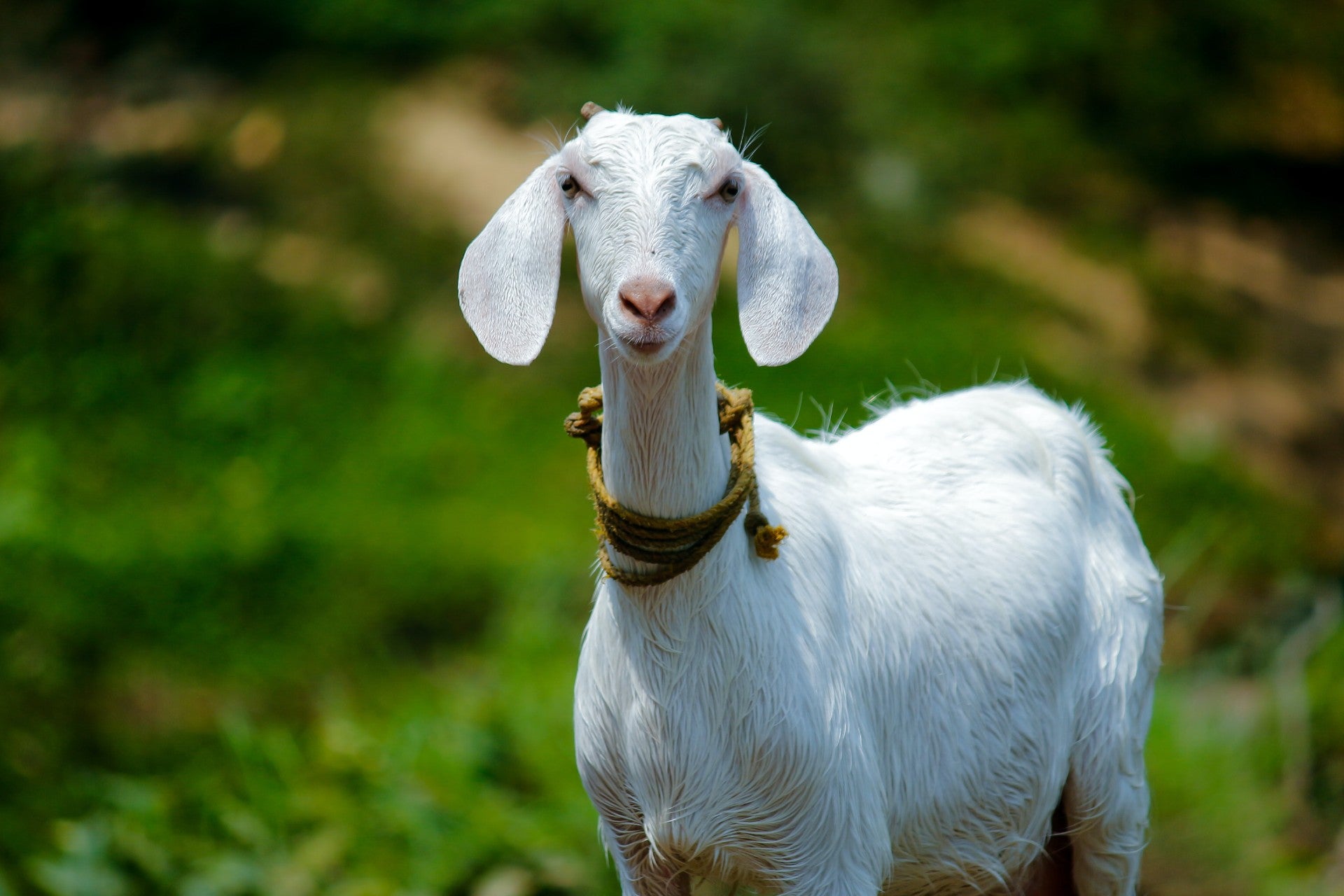There are more than 1800 different types of cheese from all over the world. They are generally categorised by milk, texture, country of origin, flavour and preparation.
Countries, especially those in Europe, take great national pride in their cheeses and protect their denomination with strict regulations about where cheese can claim origin, the terroir and its method of preparation. Textures range from soft to hard, semi-hard, and semi-firm, while flavours range from mild to extra sharp. Some cheeses are fresh and meant to be eaten straight away, while others can be aged for months or even years. Here are just a few types of cheeses and their uses.

















